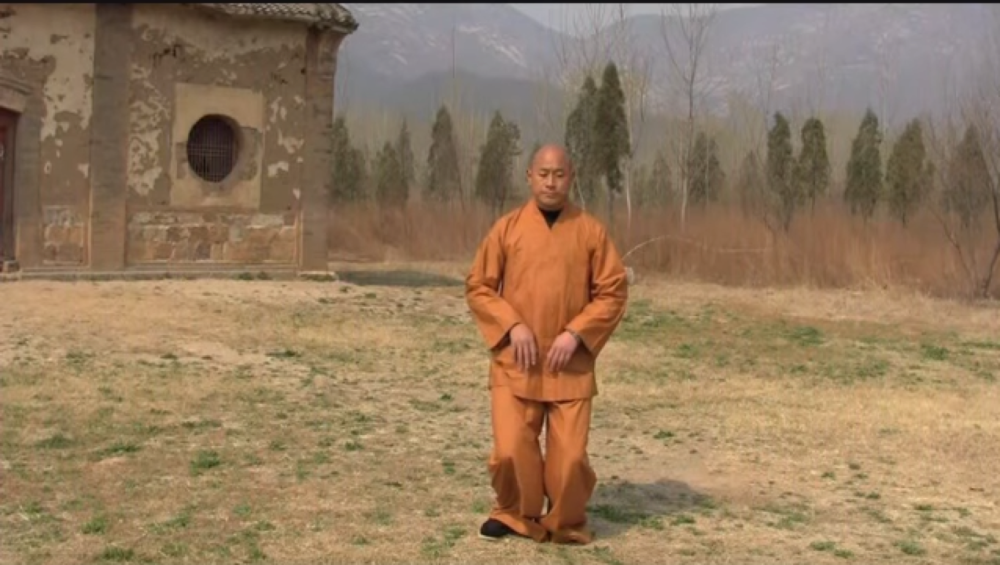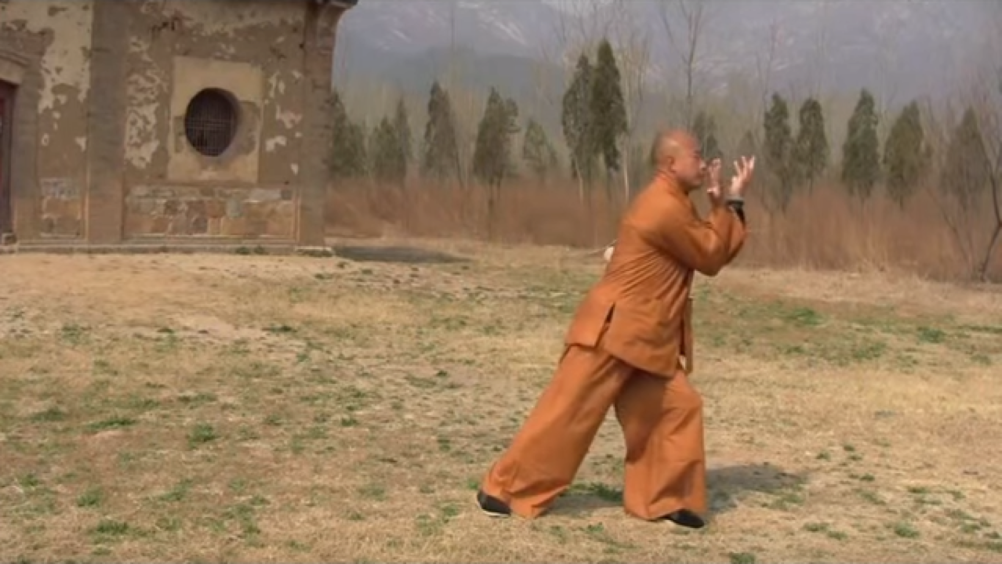When talking about Chinese martial arts, there are many ways of categorizing them, and calling them internal or external is just another way to do so. One might, for example, ask if a martial art is from the north or the south, from the Wudang or the Shaolin temples, Buddhist or Daoist, for real fight or for competitive sport. Categorizations, most of the time, are but a shallow casing we try to use, to store our knowledge. They might be helpful, but never perfect. And yet, let’s throw some light onto the meaning of internal and external martial arts.
All Chinese martial arts are a practice of accumulating skill. When mastered, those skills are deadly weapons used for self-defense or to kill on battlefields. In turn, when witnessing a true master of martial arts, no one can tell if what he does is internal or external. That is because any truly mastered martial art has the perfect balance of inner and outer.

The categorization of internal and external is as such actually a differentiation of how one specific martial art is learned. We either start from the inside and work towards the outside or the other way around. We either take a seed and nourish it to grow strong, or we take a barren of steel and hammer it to perfection. The result in both cases is strong, flexible, adaptable and precious.
Differentiating Internal and External Approaches
Starting out, internal as a term refers to that which is on the inside, such as our Qi, spirit, and mind. External refers to physical aspects such as body, muscles, tendons, and bones. An external martial art as such believes in raising speed, physical strength and reflexes first. First, you will reach the limits of your body and then you will look to the inside, to understand how to surpass those physical limits. It believes that you first need to do the correct movement with your body, and then slowly understand the internal process behind it, such as how Qi can lead the movements of the body. In the external approach, you might even force your breath to match your movements until eventually they naturally match up.

An internal martial art, on the other hand, will rarely spend any time purposely strengthening your muscles or forcing your breath. While aware that our body at first has many limitations, the goals of practice are such as first finding relaxation. Only having achieved initial relaxation you move on to try and maintain relaxation in physically more challenging situations. In its most extreme form, an internal martial art will ask you to never move more than that, which you are able to back up internally. They say that intention leads the Qi and Qi leads the body. Meaning, what you actively put to use is your intention, not muscle. If you cannot, then relax better. Perfect relaxation eventually yields a quality that is often called steel wrapped in cotton, because while the touch of your body might be gentle and soft, upon closer inspections there is something deeply rooted, heavy and strong seated underneath it.

Which Is Right for Me?
In the end, both approaches can yield a similar level of skill. Furthermore, almost every martial art combines internal and external approaches even throughout the learning process. And yet, if forced to answer the question which approach is better, there is a tendency to pick internal martial arts. One reason is simply that internal martial arts are less straining for your body. While an external martial art might strain you to the point of ruining your body. The selectivity of external martial arts ruins many talents before they can come to flourish. Either way, you need an immeasurable amount of dedication to master any martial art. If you have the dedication, you might as well pick the way where your body is more likely to last through until the end.
Leave a comment to discuss this topic with me and check out this post on Quora, if you want to read further into it.
About Interact China
“A Social Enterprise in E-commerce Promoting Oriental Aesthetic Worldwide”
Aileen & Norman co-founded Interact China in 2004 with specialization in fine Oriental Aesthetic products handmade by ethnic minorities & Han Chinese. Having direct partnerships with artisans, designers, craft masters, and tailors, along with 12 years of solid experience in e-commerce via InteractChina.com, we are well positioned to bridge talented artisans in the East with the rest of the world, and directly bring you finely selected products that are of good quality and aesthetic taste.
So far we carry 3000+ goods covering Ladies Fashion, Tailor Shop, Home Furnishings, Babies & Kids, Painting Arts, Textile Arts, Carving Arts, Tribal Jewelry Art, Wall Masks and Musical Instruments. Our team speaks English, French, German, Spanish and Italian, and serve customers worldwide with passion and hearts.
P.S. We Need People with Similar Passion to Join Our Blogging Team!
If you have the passion to write about Oriental Aesthetic in Fashion, Home Decor, Art & Crafts, Culture, Music, Books, and Charity, please contact us at bloggers@interactchina.com, we would love to hear from you!






















































